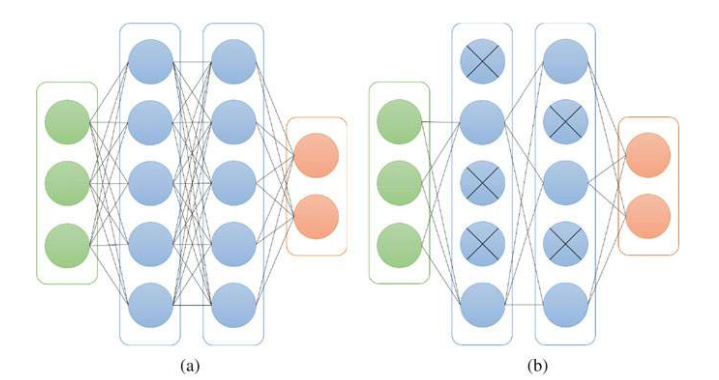
- Profesor: Mario Campos


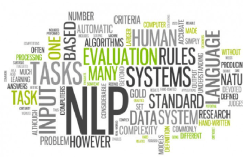





The student will manage large volumes of data through distributed, in-memory and parallel algorithms, their design, construction, exploitation and maintenance, to streamline operations and decision-making in organizations
The
student will implement server architecture through server design, construction,
maintenance, and security tools to provide comprehensive and secure software
services
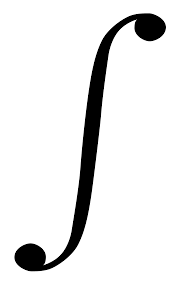
The student will solve integral calculus problems using integration tools and methods, sequences and series in order to contribute to the solution of engineering situations.


The student will solve integral calculus problems using integration tools and methods, sequences and series in order to contribute to the solution of engineering situations.
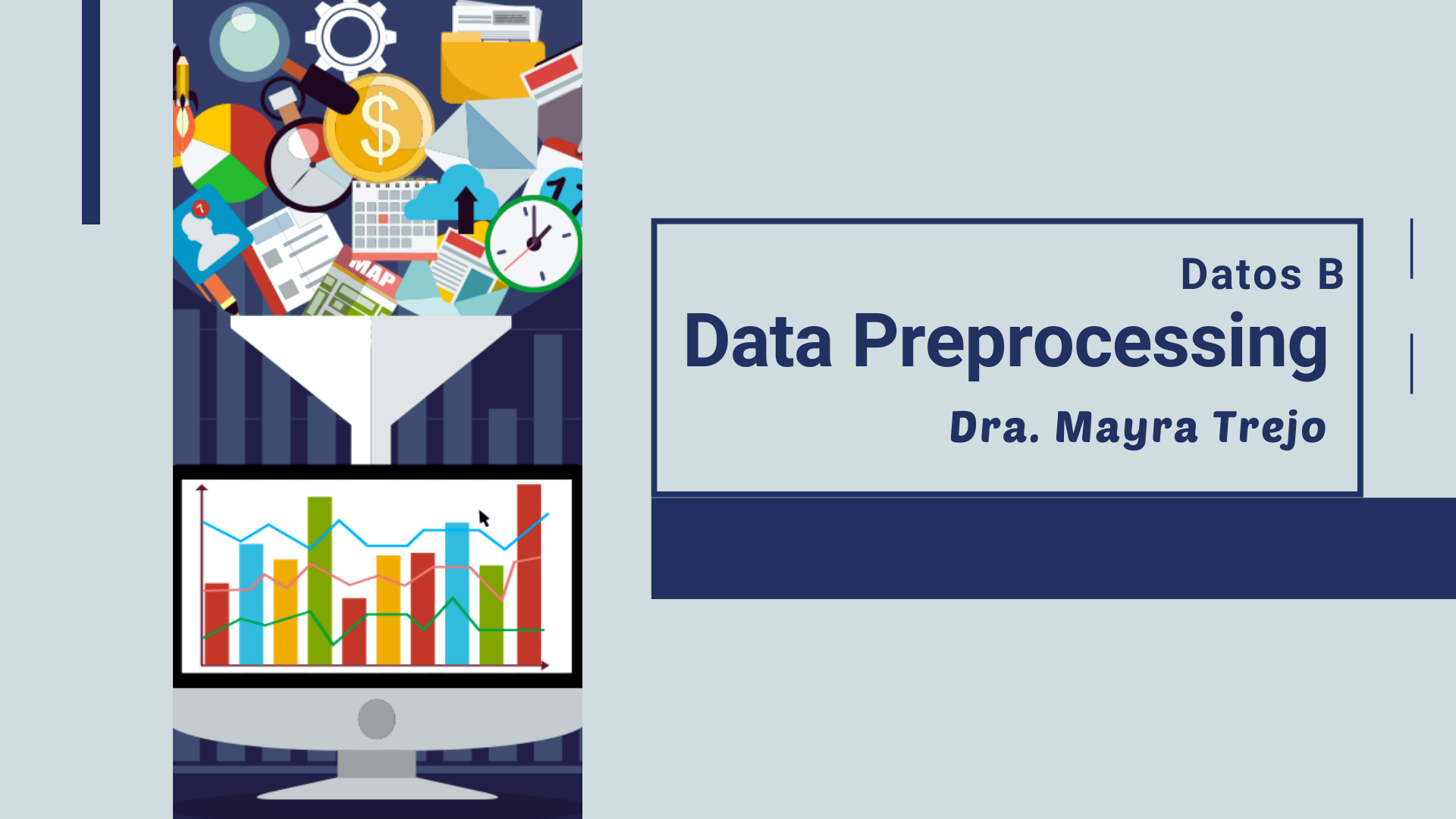

Learn about Unsupervised Learning techniques including preprocessing, dimensionality reduction, and clustering.

Welcome to Basic Chemistry!!
During this course we will learn the basic principles of Chemistry, but we will try to focus in the applications of Chemistry to Data and viceversa, the applications of Data to Chemistry. We will learn how to dispose correctly the chemical reactants that you use in your activities, we will get to know the properties of metals and the correct vocabulary to use, and you will learn that there are a lot of subareas in chemistry in which the manage of data is very important.
All the synchronous meetings will be in Microsoft teams, but the learning tasks and evaluations will be here in UPY virtual!!
I really hope you get to like this subject as I do and discover the magic of Chemistry.
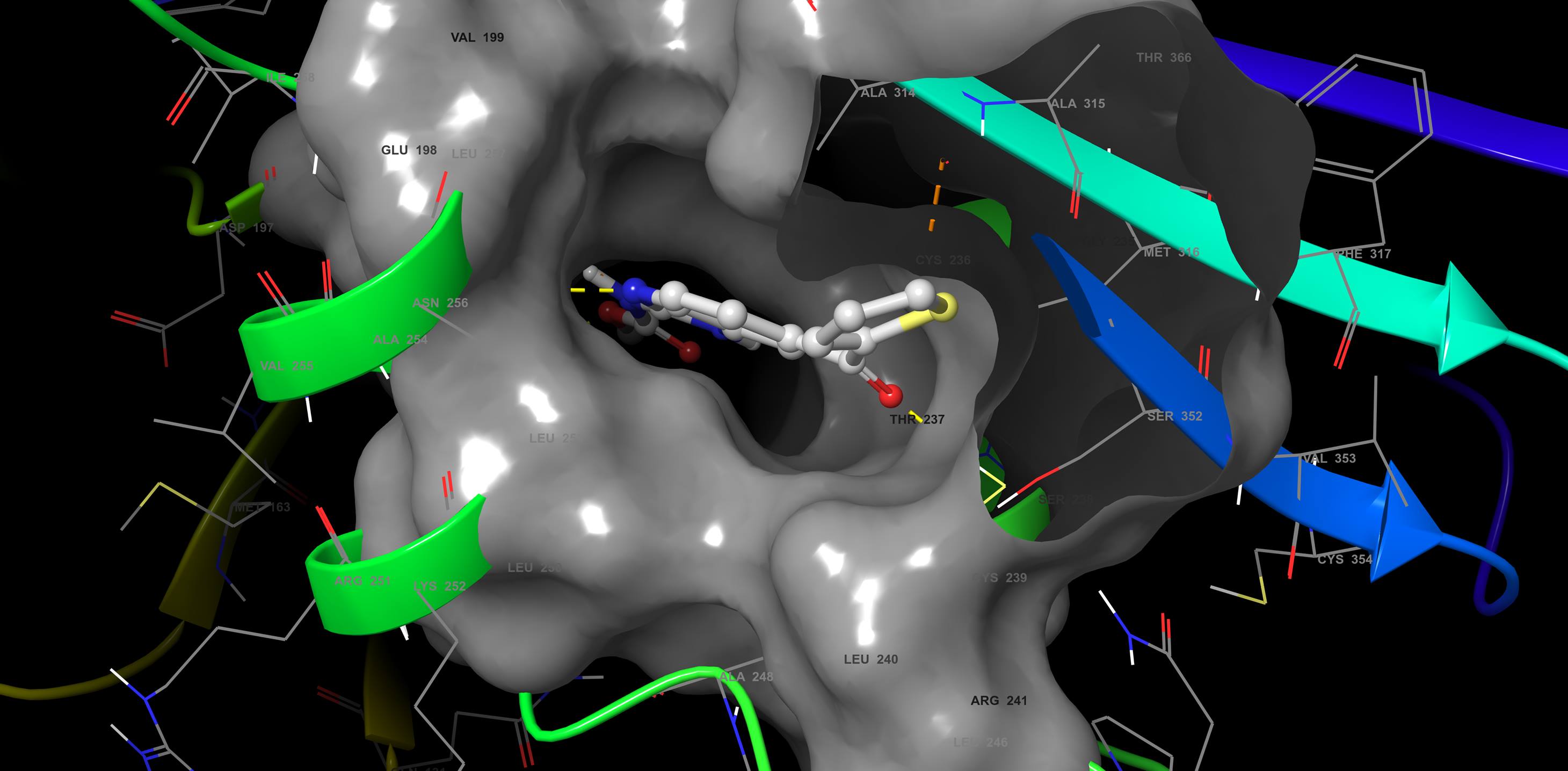
Welcome to Basic Chemistry!!
During this course we will learn the basic principles of Chemistry, but we will try to focus in the applications of Chemistry to Data or viceversa, the applications of Data to Chemistry. We will learn how to dispose correctly the chemical reactants that you use in your activities, we will get to know the properties of metals and the correct vocabulary to use, and you will learn that there are a lot of subareas in chemistry, in which the manage of data is very important.
All the synchronous meetings will be in Microsoft teams, but the learning tasks and evaluations will be here in UPY virtual!!
I really hope you get to like this subject as I do and discover the magic of Chemistry.
Welcome to intro to algorithms!
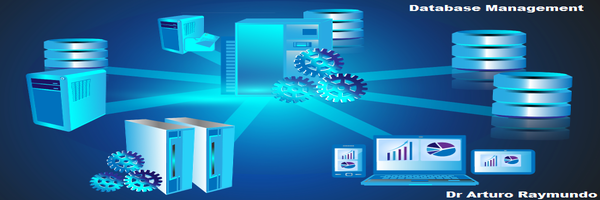
Database Management course

Course of Visual Modeling for Information for the 9th term of the Data Engineering program.
The student will manage databases through database theory; design, construction, operation and maintenance of databases; specialized software and security protocols, to streamline operations and decision making in organizations.
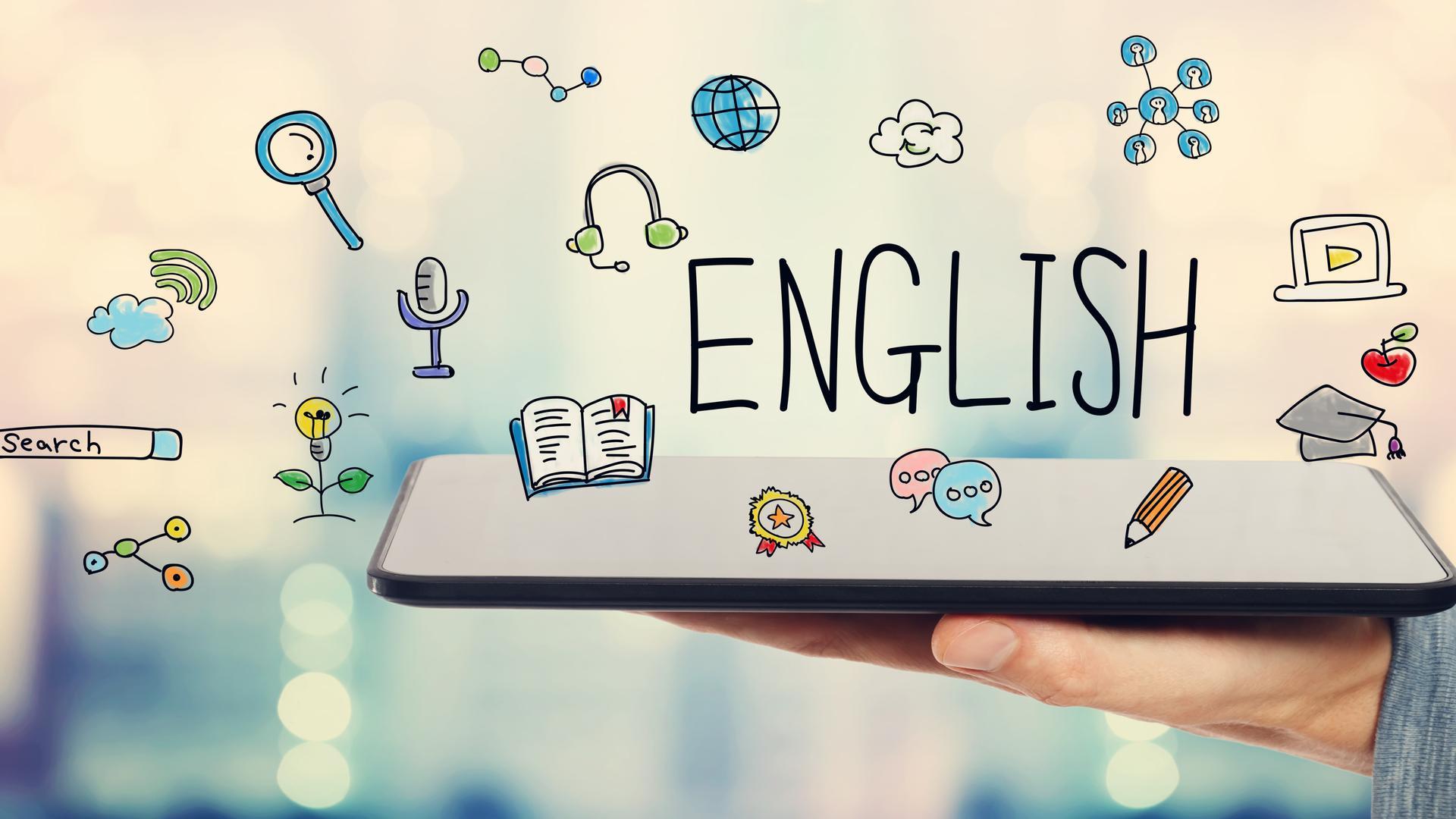
This is the course of English 1 for Data Engineering.
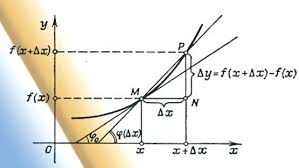
The present subject contributes to the achievement of the competence and the levels of disaggregation described below:
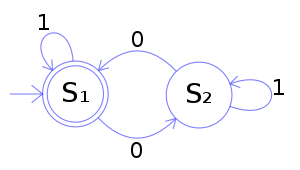
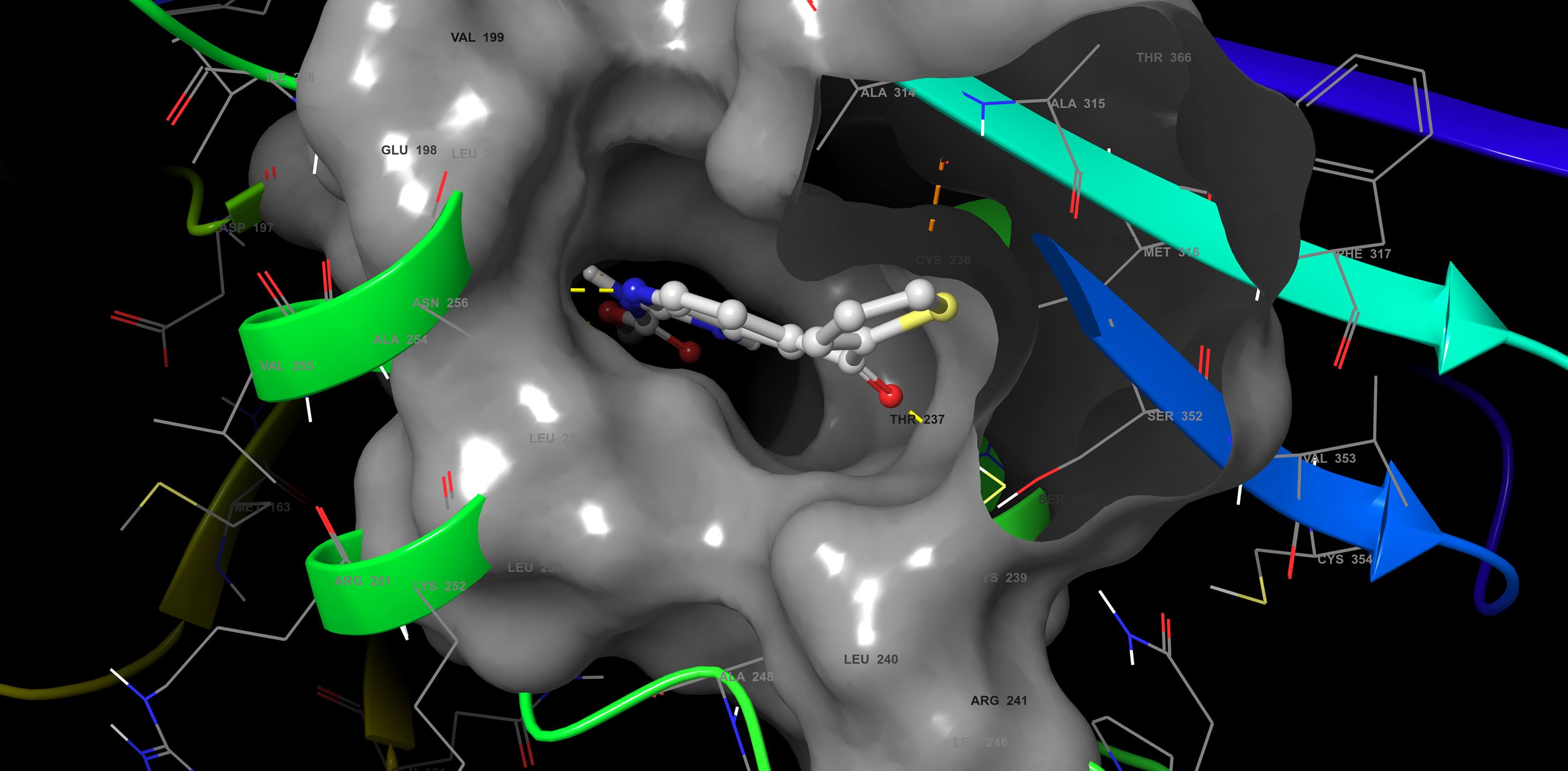
Welcome to Basic Chemistry!!
During this course we will learn the basic principles of Chemistry, but we will try to focus in the applications of Chemistry to Robotics. We will learn how to dispose correctly the chemical reactants that you use in your activities, we will get to know the properties of metals and the correct vocabulary to use.
All the synchronous meetings will be in Microsoft teams, but the learning tasks and evaluations will be here in UPY virtual!!
I really hope you get to like this subject as I do and discover the magic of Chemistry.


Dicplomado en Ciencia de Datos Febrero 2022
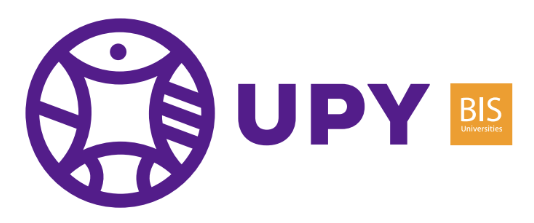


Tutorial para aprender a utilizar el software de administración de estudiantes llamado NetSupport, el cual está instalado en los laboratorios de Sistemas digitales y Manufactura de PCB's.
Training MOOC with the aim of guiding other teachers in the creation of their own virtual learning environments with the use of Aula Red Virtual UPY.
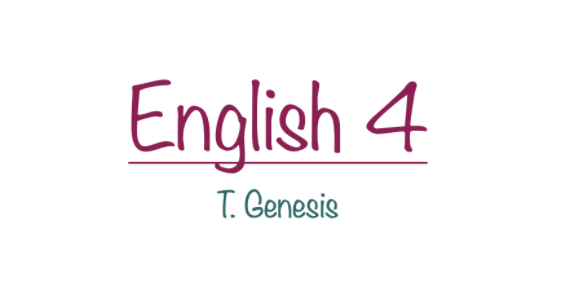
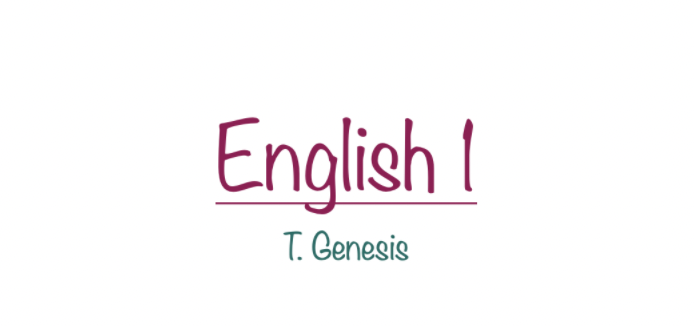
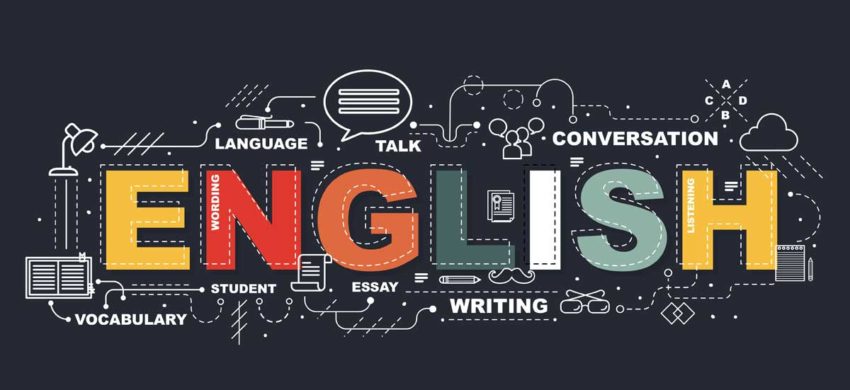
Welcome to your English course. During this course you will be able to develop your skills while learning and discussing about language, extreme activities and travel & adventure. Have fun!
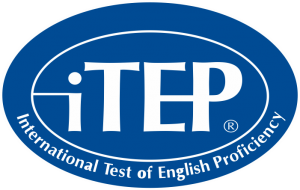
General description of the iTEP exam.
This is the English IX course
This is the English IX course
This course develops writing skill and all its subskills so that students can write any kind of texts.
Pronunciation in English can be very hard. This course is meant to enhance the proper pronunciation of the words in English.
This course studies the different components of reading comprehension skills and subskills. It includes features/styles of texts, high order subskills for a better understanding and computational thinking process for enhancing reading and reading comprehension.
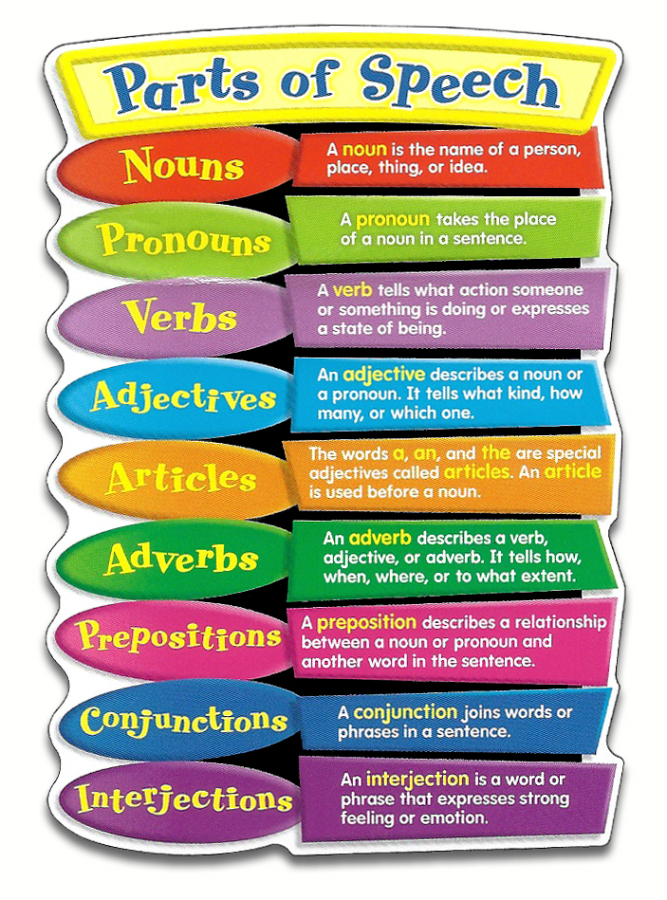
This course is about basic grammar: parts of speech, tenses, vocabulary, collocations and phrasal verbs.
This is the new course of the first quarter of your major.
Learning to express orally and in written form.
Text analysis techniques | To identify the techniques for text analysis:
To describe the uses and applications of techniques in the analysis of texts. |
Writing techniques and bibliographic reference model with the MLA format | To describe the techniques and stages of writing texts:
To identify the elements, characteristics and uses of the bibliographic references of the Language Association Model (LAM). |
Qualities of writing | To identify the characteristics of an efficient writing and the techniques to develop them:
To identify the qualities of writing and defects in the elaboration of texts:
|
Thought process | To distinguish the thought processes and its function as a source of ideas:
To identify the elements of thought and their relationship to the writing process.
|
Methods for the organization of information | Distinguish the methods for the organization of information and their applications in the elaboration of a text. To identify the characteristics of graphic organizers:
|
Reading and listening comprehension techniques | To describe the function of prediction as a technique to identify the main ideas of a text. To identify reading comprehension techniques:
To identify reading comprehension techniques which stimulate listening skills:
|
Types of language and language vices | To distinguish the types of language:
To identify the language vices:
|
To identify uses and applications of the main grammar rules as well as orthographic and punctuation rules:
- Orthographic and punctuation rules.
- Definite and indefinite articles.
- Common and proper nouns.
- Personal pronouns, reflexive pronouns, direct object pronouns y indirect object pronouns.
- Verb moods: indicative, subjunctive and imperative.
- Reflexive verbs.
- Indicative Present Simple, Present Progressive, Indicative Future Simple, and Periphrastic Future.
- Formal and Informal Imperative
To identify the uses and applications of morphological and syntactic rules:
- Structure of a simple sentence.
- Logic Syntax: article-noun-adjective
- Linguistic components: phonetics, phonology and lexicology
- Linguistic elements: semantics, semiotics and dialectology.
- Semantic noise.
moodle for Control engineering
Curso para la materia de introducción a las comunicaciones electrónicas.

Welcome to Basic Chemistry!!
During this course we will learn the basic principles of Chemistry, but we will try to focus in the applications of Chemistry to Embebed Systems. We will learn how to dispose correctly the chemical reactants that you use in your activities, we will get to know the properties of metals and the correct vocabulary to use.
All the synchronous meetings will be in Microsoft teams, but the learning tasks and evaluations will be here in UPY virtual!!
I really hope you get to like this subject as I do and discover the magic of Chemistry.
This is embedded semiconductors course for ISEC4A
This cuorse is about the diferentes optoelectronics devices.
The student will build
optoelectronic circuits through the calculation of electrical parameters, light
sensors, optoisolators, devices and optical means and the use of image sensors,
to implement them in solutions with embedded systems.
The student design digital circuits through the theory of Combinational, sequential and digital arithmetic circuits To integrate digital systems on a large scale.
